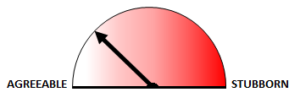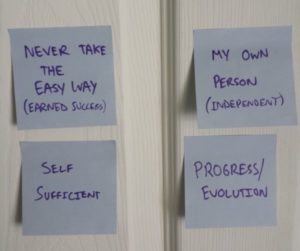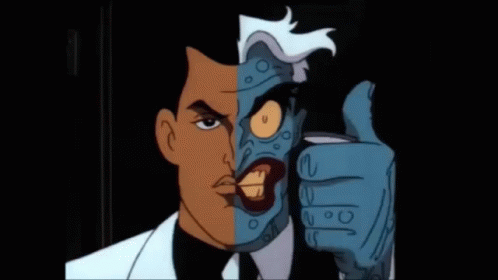Uncertainty about what to do next in life is almost inevitable at some point, especially as you advance through your 20s and 30s. Careers, location, relationships, interests, and other facets of life change. How do you decide what matters and what path to take?
I think of myself as a fairly introspective person in-tune with my beliefs and values. However, when I faced these questions, I decided to lower my stubbornness level and admit help might be beneficial. I felt I had the answers in my head but knew an already created process would ease the task.

The book Pivot: The Only Move that Matters is Your Next One by Jenny Blake was exactly what I needed. I tend to shy away from personal improvement books because many of them are overly hokey, but this book felt more like stepping into a project. Once I saw there was a process, I was fully on-board.
PIVOT Summary
The book breaks down the process into the five stages below.
- Plant – build your base by mapping out who you are through identification of your skills, values, and future objectives
- Scan – getting out there and paying attention to the opportunities around you and the resources you need to take advantage of them
- Pilot – find small ways to test your vision and start moving towards your end goal(s)
- Launch – diving in and completing your transition
- Lead – using the skills and knowledge you have to help others, improve organizational structure, and incite change

What I Found Valuable
- Creating a ranking system with various factors for scoring helped me more objectively evaluate my choices
- Writing out the keywords I associate with myself gave me an overall picture of my identity
- The idea of experimenting first reduced the anxiety and helped create a digestible timeline
- Focusing on what is working now and what my strengths are allowed me to filter out potential options much easier

What I Learned From the Process
You Know Who You Are
Your daily patterns, thoughts, and habits will show you if you pay attention to them. There should be no feeling of meeting a stranger when you complete this process; instead, you will hopefully feel like you’re putting on the most comfortable pair of pants you own. I was surprised by how easy it was to complete a section of the Plant Stage involving a free-writing session.
Formalizing Your “Brand” Gives You Confidence
Creating a brand and mission statement for yourself gives you confidence to achieve your goals. You are affirming your skill-set when you write it down and putting your foot forward on the path that fits you. You now know how to market yourself for job interviews, prospective relationships, etc.
Opportunities Are All Around
Once you learn to pay attention to the possible opportunities in your community and actually use your network, you will be surprised what is out there for you. My biggest piece of advice is be persistent. One person has to keep the engagement going. You can either wait for the other person to do it or be proactive and take charge.
Visual Components Increased the Value
Finding ways to involve visualization of the process was helpful for me. Sticking Post-It notes to my closet door allowed me to easily view and change the overall “picture” I was forming. Seeing a description of who you are in your own handwriting gives a deeper connection.

Additional Notes
Myers-Briggs & Other Assessments
Taking a Myers-Briggs personality test (MBTI) or other formalized assessment will give you an idea of the types of people out there and where you might fit in the mix, but there are caveats to them.
- Response bias is an issue in questionnaires and surveys
- You may be goal-seeking (i.e. trying to find the answers that achieve a certain result)
- Your answers are dependent on your mood, the setting, and your motive
- Some of the differences between types are nuanced, but the results appear to show more separation than there really is
- Your tendencies and habits are not set in stone
I think these tests can be valuable to form a baseline of your personality, especially if multiple tests show a similar result. It will help you identify what opportunities may be the most suitable for you, the types of corporate culture to seek out, and areas where compromise might be necessary in relationships.
What Works for You?
This process is about you. Find what methods suit you. You may take a more creative angle to it by writing a story with yourself as the main character, involve peers in the process, or simply leave it up to a coin flip. However, I would advise doing an initial assessment to guide you on knowing what process works best for your personality.

The process does not have to be long and complicated to work, but I do believe it is valuable to have a known process on hand. It will be less stressful if you already have a game plan the next time you are faced with a transition point in your life.
When Should You Use A Process
I would reserve this type of evaluation for items like relationships, careers, location, and hobbies/improvement. Any item requiring knowledge of who you are and what you want in the future. If that pair of shoes at the store requires this level of introspection, you may need to turn the dial down!
In Progress
Although I finished reading the book and completed most of the tasks, I am still actively in the process and moving along in the Pilot Stage. After writing this post, I want to go back into a few of the Plant Stage items so I can further refine as I test the waters.